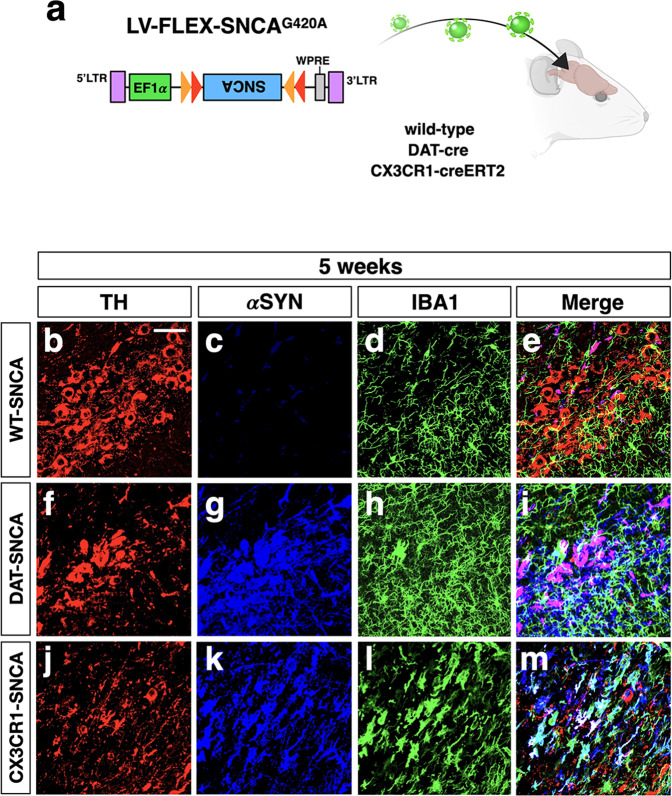Fig. 1. Cell-type selective overexpression of SNCAG420A in vivo through lentiviral gene transfer.
a Illustration of the experimental design to chieve cell-type-specific αSYN accumulation. The lentiviral vector carrying the Cre-inducible transgene SNCAG420A is inoculated through stereotaxic injections into the brain nigral tissue of wild-type, DAT-Cre and CX3CR1-CreERT2 mice for restricted transgene expression on TH and IBA1 positive cells, respectively. Control condition is represented by wild-type animals injected with LV-FLEX-SNCAG420A (WT-SNCA, only for Fig. 1). The LB509 antibody recognizing only the human, but not the mouse, αSYN is used to selectively detect the viral exogenous protein. b–m Representative images of n = 8 independent nigrae showing the conditional viral SNCAG420A gene expression and the localization of TH and IBA1 that identify DA neurons and myeloid cells, respectively. b–e In transduced wild-type animals the transgene expression is undetectable. f–i In DAT-SNCA animals αSYN expression (blue) is limited to the TH+ neurons (red). j–m Conversely, transduced CX3CR1-SNCA mice show αSYN localization exclusively in IBA1+ myeloid cells (red). Scale bar: 45 µm.

